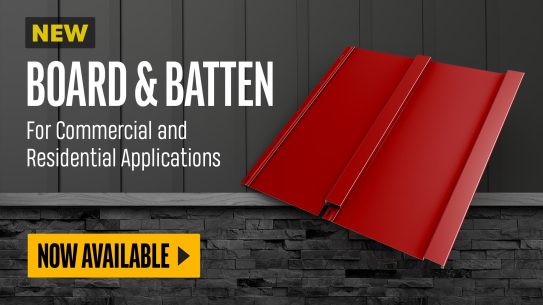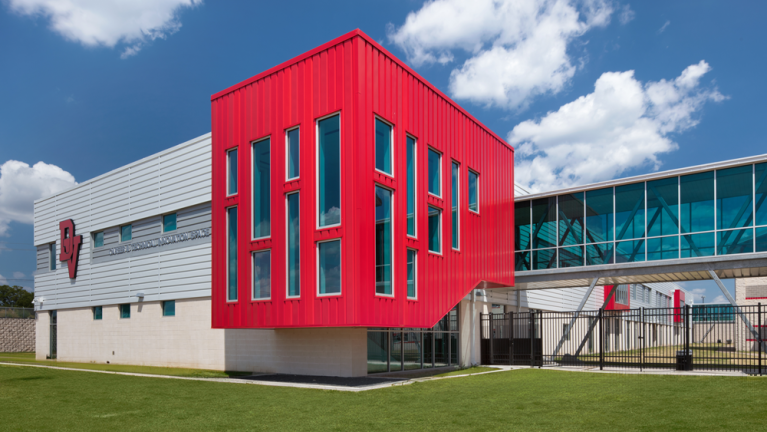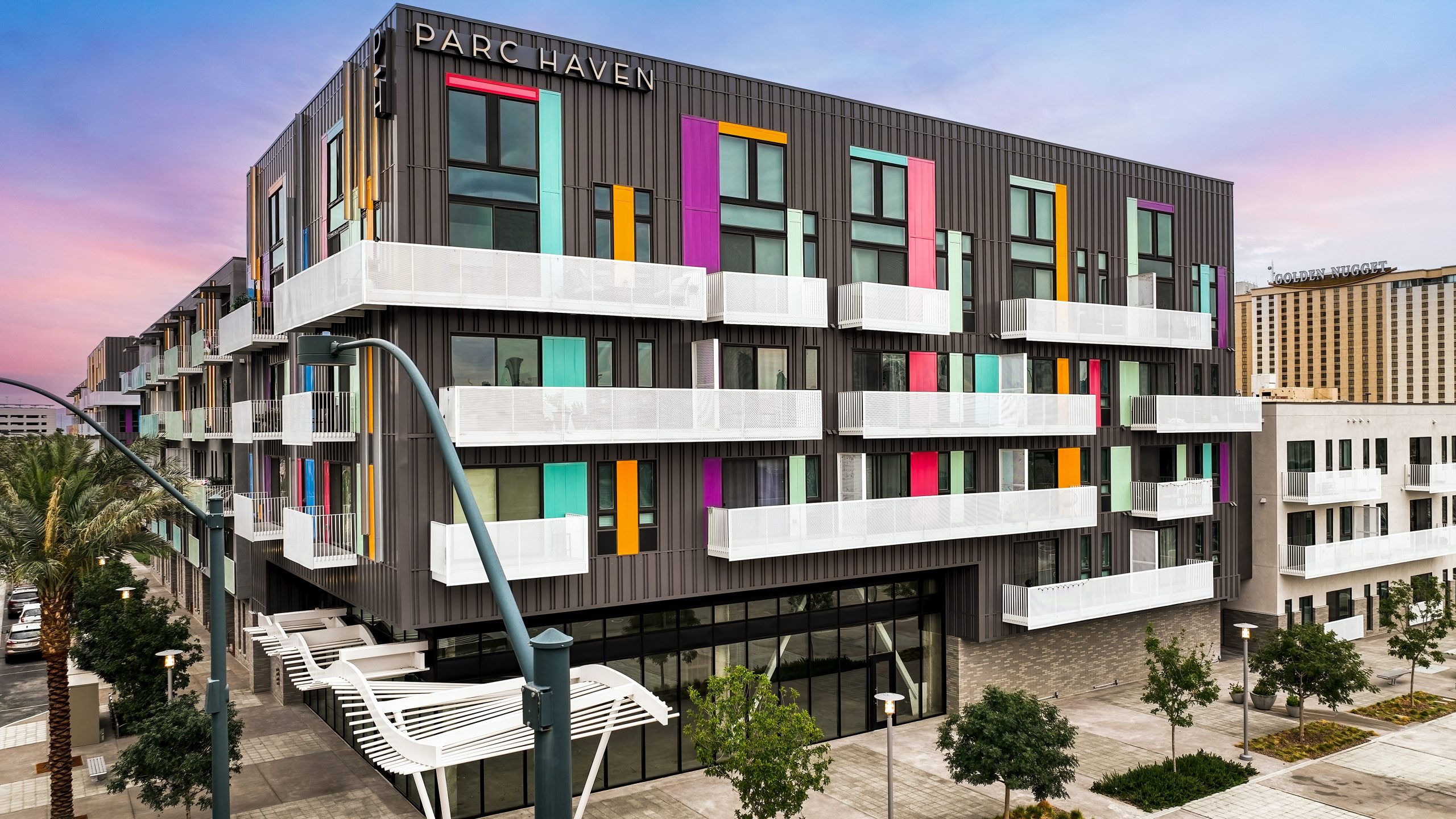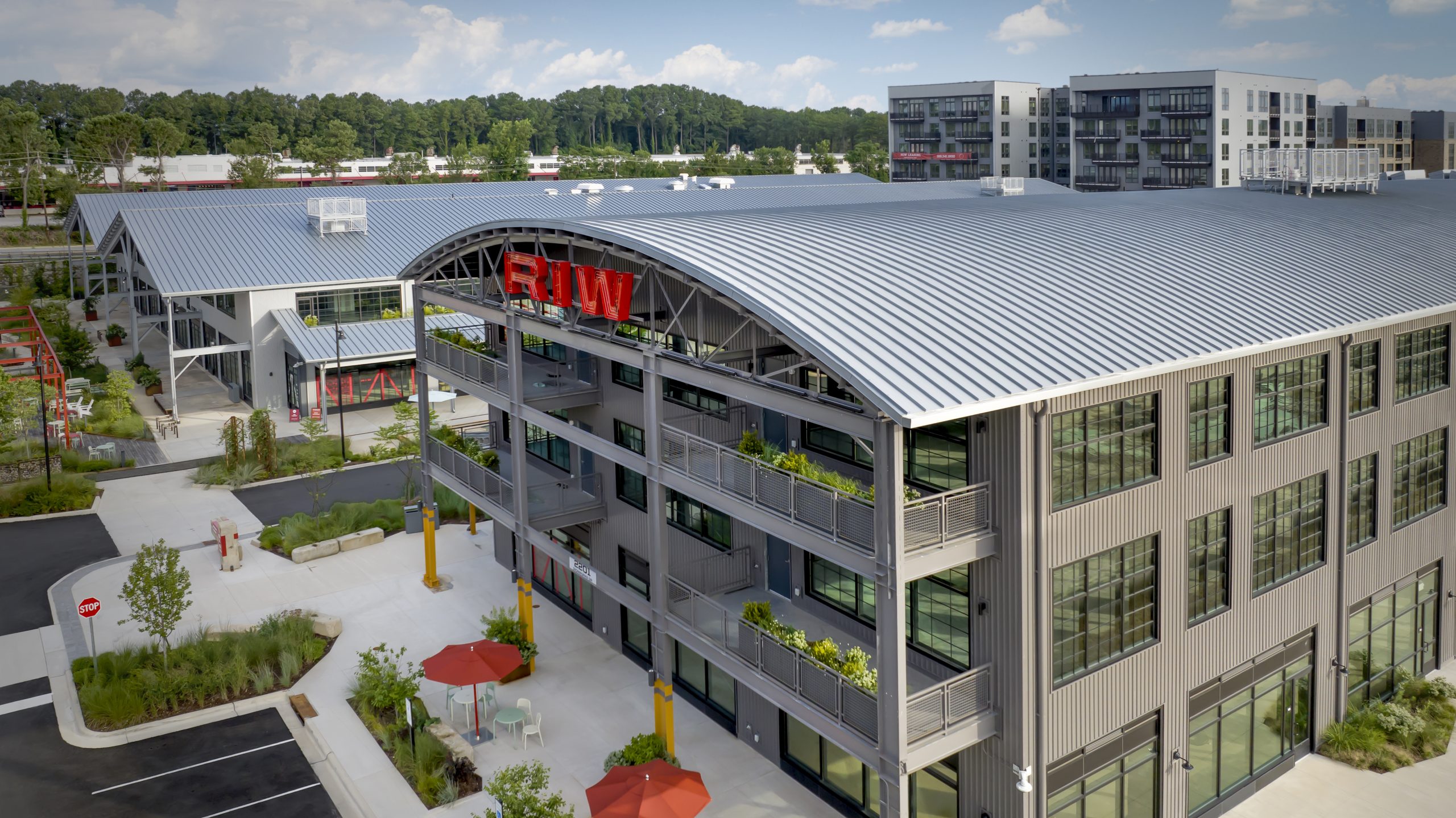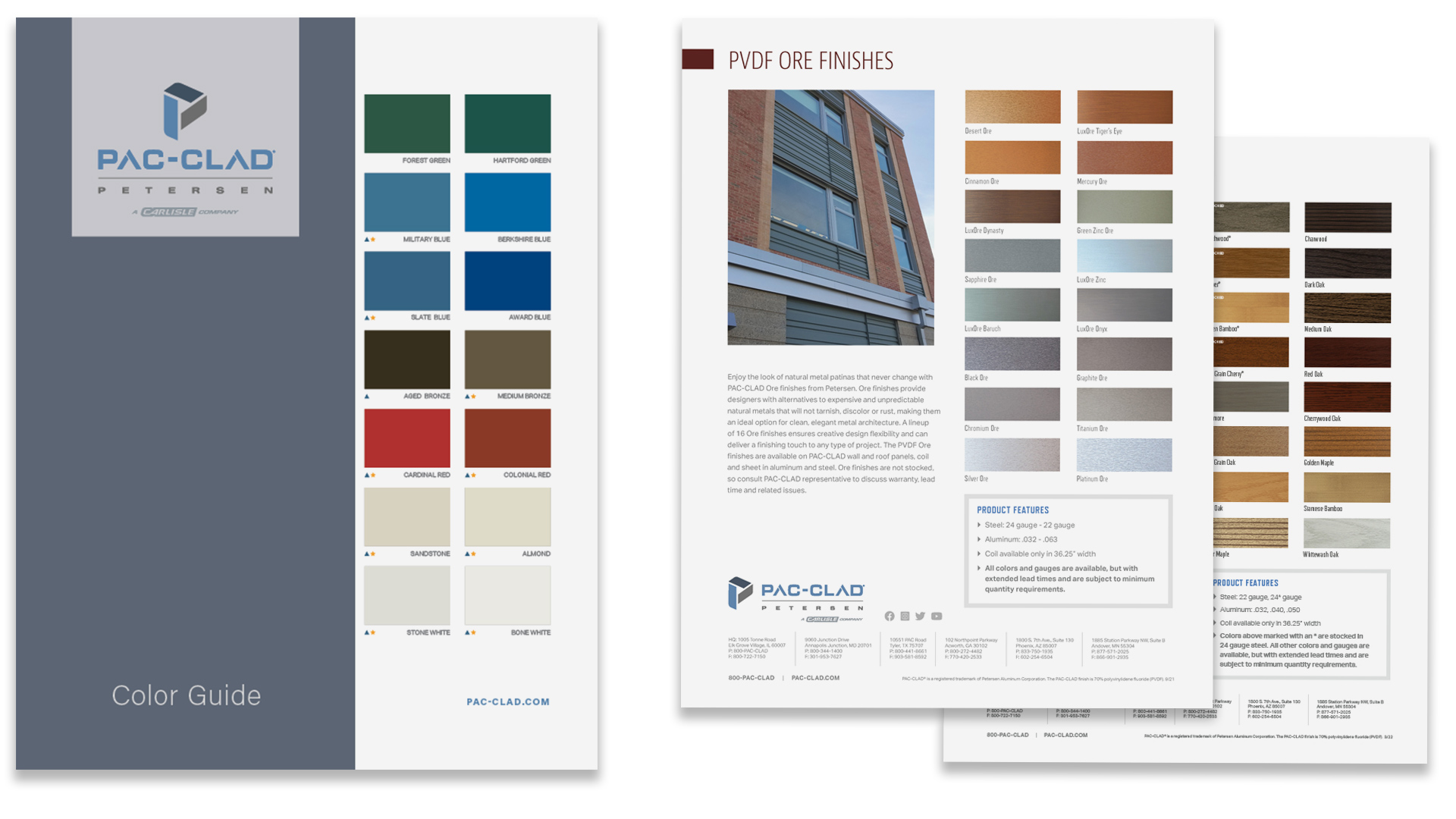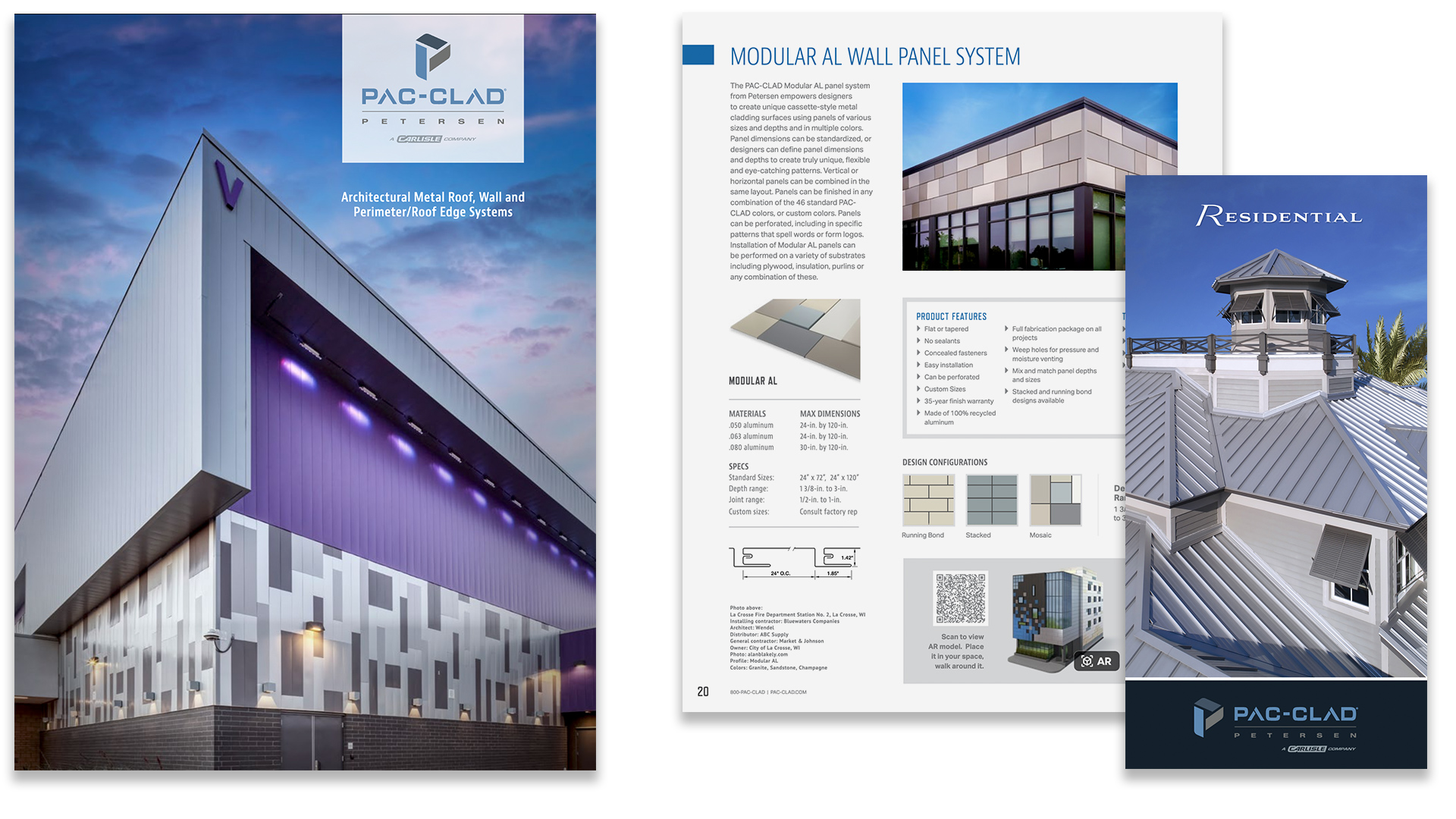Standout metal roof proves its mettle during hurricane Ian
Port Orange, Fla., might be a standout location in the middle of Florida’s Fun Coast, 10 minutes from Daytona Beach, but homes there also must be designed to stand up to weather conditions that can be not-at-all fun during the annual hurricane season. A recent renovation of a local home sited directly on the Intercoastal Waterway is designed for both fun and not-so-fun coastal experiences, with distinctive visual appeal – and a sturdy and stylish metal roof that got to prove its mettle when a major storm hit just two weeks after the home was completed.
Port Orange is a popular vacation destination – and home to 62,000 residents year-round. It’s Located on the state’s Atlantic Ocean coast, and gives visitors and locals, alike, easy access to beautiful beaches and warm surf. It’s also right in the middle of Florida’s high-velocity hurricane zone and has experienced wind gusts in the past up to almost 150 mph. This means contractors need to ensure both their materials and installation methods can hold up against equally destructive conditions in the future.
For this project, which included a full interior and exterior redo, installers with the local roofing company R/J Group Inc. opted for architectural metal roof panels to address weather-related hazards. Metal roofs offer several advantages in such coastal areas, including wind uplift resistance, impact resistance from wind-blown debris and high durability in the face of both salt spray and intense sun exposure.
R/J Group’s roofing pros specified PAC-CLAD Snap-Clad panels from Petersen, which offer both good looks and excellent structural performance. The job called for 5,800 sq. ft. of the panels, fabricated from .032-gauge aluminum in Petersen’s Terra Cotta finish, with corrosion-resistant stainless-steel fasteners and clips.
From a design standpoint, the standing seams of the coral-hued panels emphasize the roof’s complex geometry – a factor installers had to address, with complicated flashing needed to ensure a tight seal across four different roof pitches and an isolated mansard treatment. For example, even though the roof area was less than 6,000 sq. ft., the job required more than 820 lineal feet of custom-sized and custom-fabricated drip edges.
This dedication to detail almost immediately paid off for the homeowner, when 2023’s Hurricane Ian landed just two weeks after the project’s completion. The roof stood up to more than 24 in. of rain, with tropical storm-force winds lasting a continuous 30 hours. There was no water intrusion or roof damage, a pleasing result for both the homeowner and general contractor.





